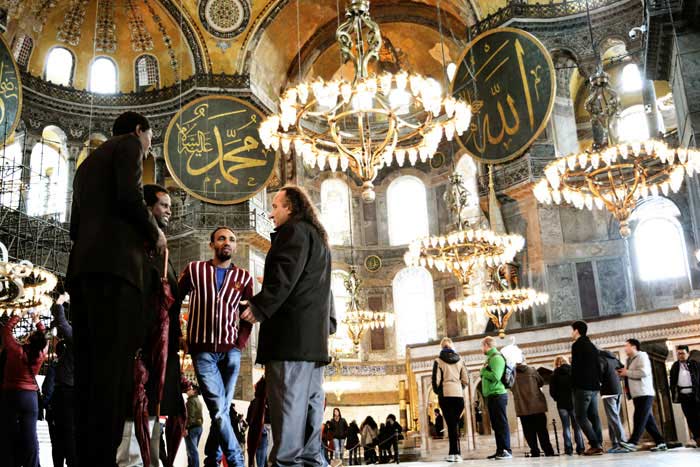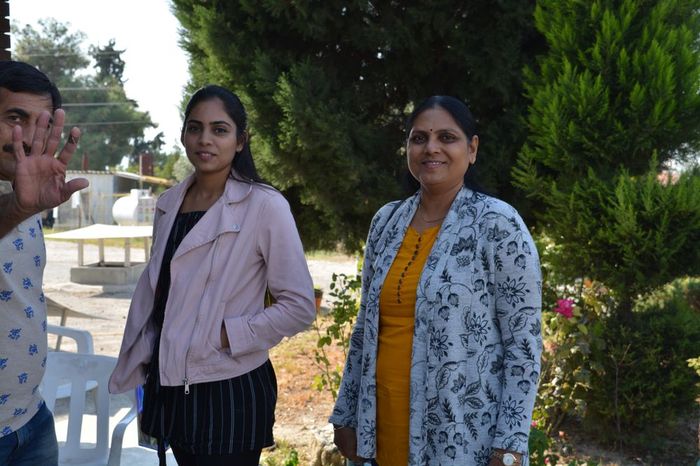A Timeless Beacon of Ottoman Grandeur
Majestic Presence in Dogubeyazit
Nestled in a landscape rich with historical echoes, Ishak Pasa Palace stands proudly, embodying the grandeur of bygone eras. As I navigate the narrow, bustling lanes of Dogubeyazit market, my gaze is drawn to the palace, perched atop a hill, seemingly observing the city’s every move. Despite the apparent mismatch with its surroundings, this palace, a testament to the 18th century, commands attention.
Tracing Back to the Seljuks
The construction of Ishak Pasa Palace commenced in 1685 under the governance of Colak Abdi Pasa, Ishak Pasa’s father. Its completion in 1784, following Ishak Pasa’s additions, hints at the palace’s splendor. The extended construction period A Conversation with Curator Esat Uluumay, spanning 99 years, reflects not only its grandeur but also the evolving luxury preferences of successive owners. The palace underwent multiple transformations, mirroring the changing hands and tastes of its patrons.
A Cinematic Construction Tale
The narrative behind Ishak Pasa Palace’s construction rivals a film plot. Equipped with a heating system resembling modern central heating, the palace’s fate unfolded through a series of incidents. Ishak Pasa, a successful figure governing Ottoman lands during a period of decline, allegedly used taxes meant for Istanbul to fund his palace. As a consequence, he faced dismissal and exile. Another version suggests that Ishak Pasa’s exile was prompted by an Iranian ambassador who praised the palace’s beauty compared to Topkapi Daily Istanbul Tours. Historical records, however, indicate Ishak Pasa’s governorship during this time.
Administrative Hub of Beyazit
Situated approximately 5-6 kilometers from the city center, Ishak Pasa Palace served as the administrative center of the Ottoman subprovince of Beyazit. Encompassing 7,600 m2, the palace stands out not only for its classical Ottoman architecture but also for the infusion of local motifs and influences from the Seljuks and Persia.








